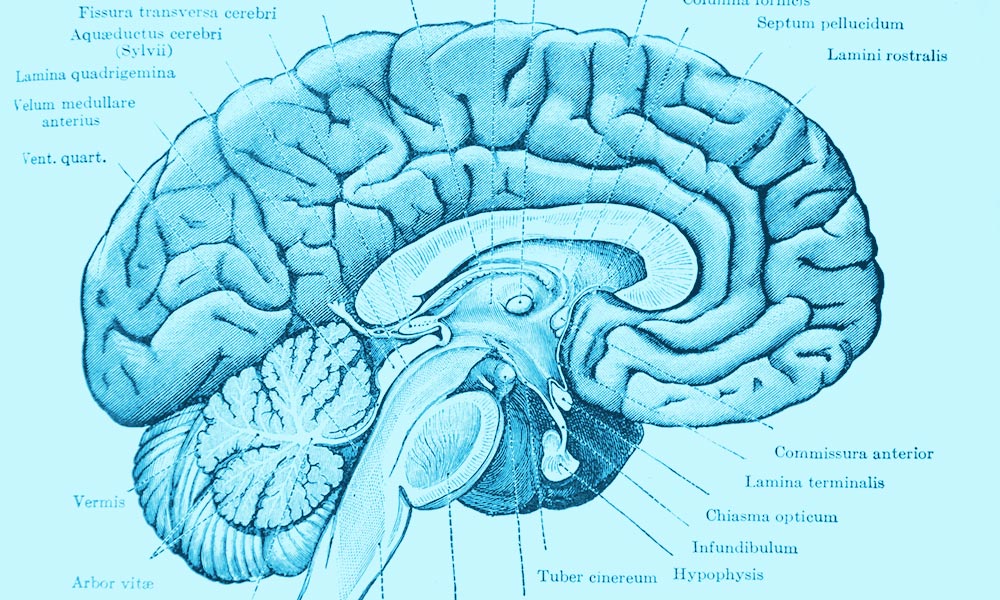
Join With Your Brain, Stay With Your Heart
Humans make decisions based on emotions—most of the time. When it comes to the decision to join, a solid appeal to reasoning will get prospective members in the door. Then those positive emotions will get them to stay.
We humans like to think we are logical creatures, but evidence points otherwise. Our emotions are too fast; by the time we’ve even begun to think something through logically, our emotions are already waiting for us at the finish line.
Emotions are incredibly powerful drivers of buying decisions, but only after they’ve been formed through experience.
I was first introduced to this when I interviewed Charles Jacobs, author of Management Rewired, for Associations Now about three years ago. It has come to mind again lately in a couple explorations of the concept of loyalty:
- At ASAE’s Annual Meeting, speaker James Kane told associations that they need to provide their members with fulfillment to earn their loyalty, explaining that we’re wired by evolution to be social creatures, and we long to be included, not left out.
- Affinity Center International recently published a white paper, “The Neuroscience of Member Loyalty,” in which they apply this idea directly to renewals: “While members search rationally for the value an association brings to their lives, they also need to have positive feelings toward the association to actually renew their membership.”
All of this emphasis on members’ emotions might lead an association marketing pro to believe emotional appeals are always the winning strategy. But I’m not sure it’s that simple. Instead, the choice of appealing to a person’s emotion or reason might depend on the scenario.
Prospective member: With little or no previous experience with your association, that person has no built-in emotional reactions to your association to draw on. If she has any emotion, it’s likely a feeling of uncertainty. This is where reasoning—weighing the benefits and costs of joining the association—has to win out. So you better be providing a lot of “what’s in it for me” information for that prospective member to consider.
Current member: With a year or more experience with your association, this person can draw on the memory of her experience with your association. If she has had a positive experience, those positive emotions will surface when she makes her renewal decision. So, you could appeal to those emotions by reminding a current member of less tangible benefits like community and advocacy. Make her feel like she’d be lonely if she didn’t remain a part of your group.
The same logic/emotion split applies in communicating with prospective and current volunteers or prospective and past conference attendees. It’s the underlying dynamic in the business adage that it costs seven times more to acquire a new customer than to keep a current one. Emotions are incredibly powerful drivers of buying decisions, but only after they’ve been formed through experience—experience that needs some sound reasoning to get started.
(photo by iStockPhoto)






Comments